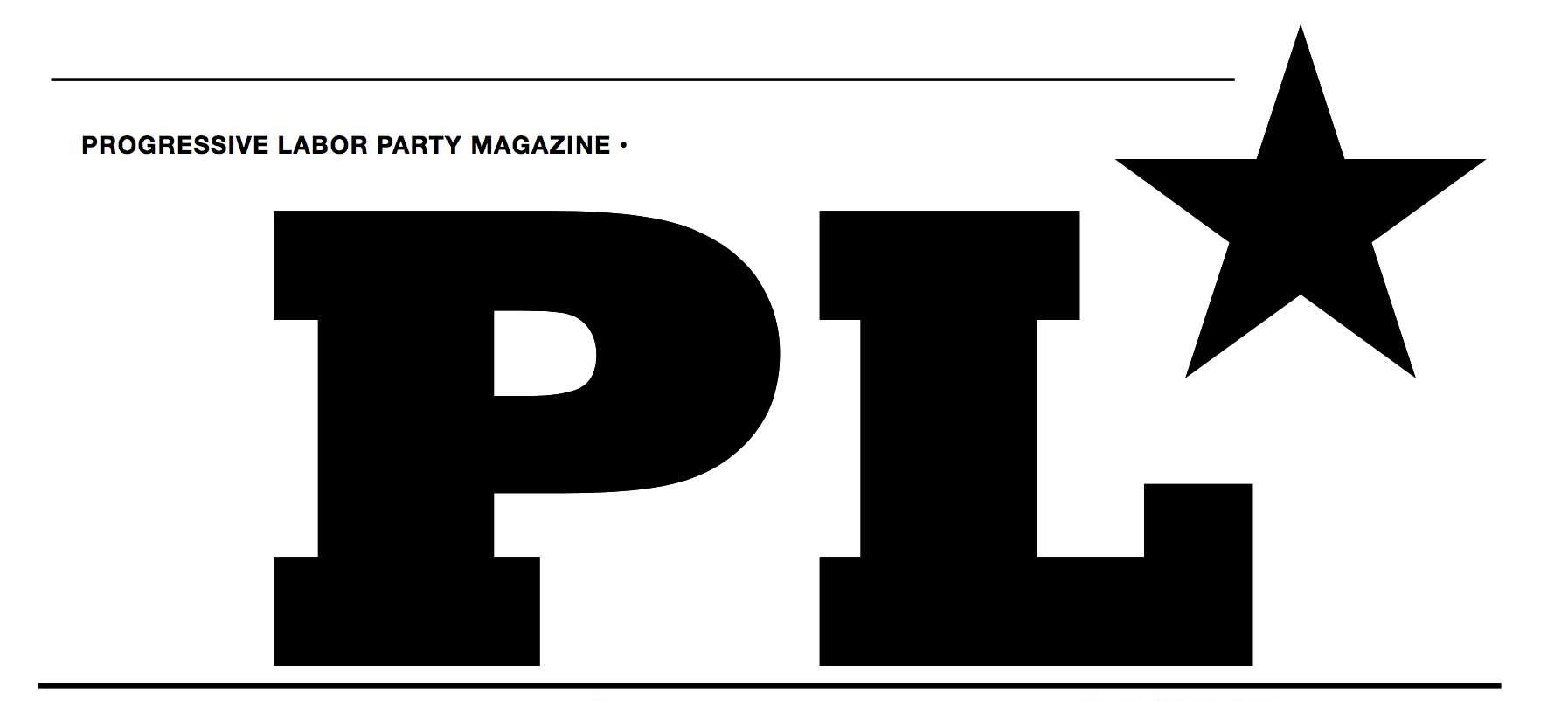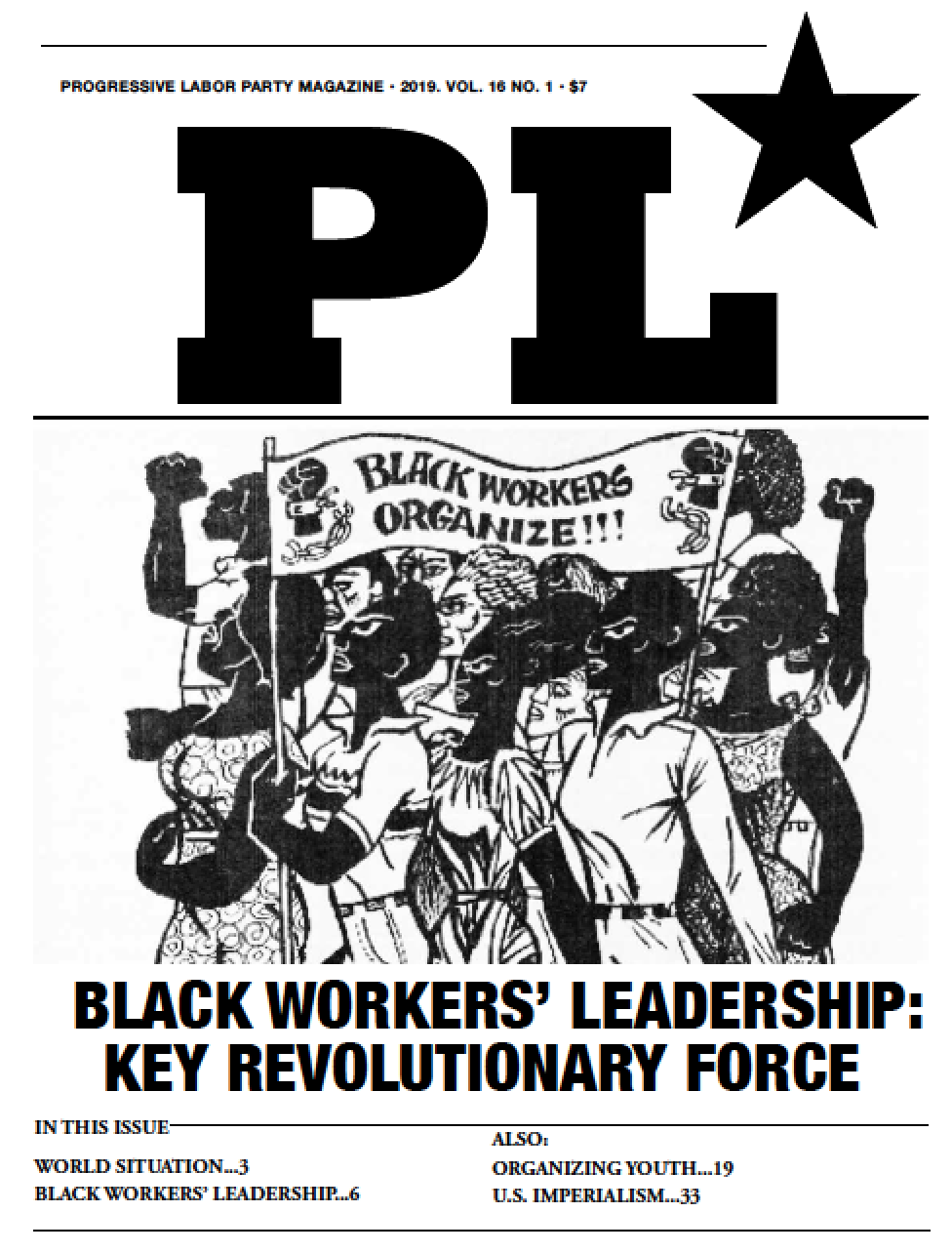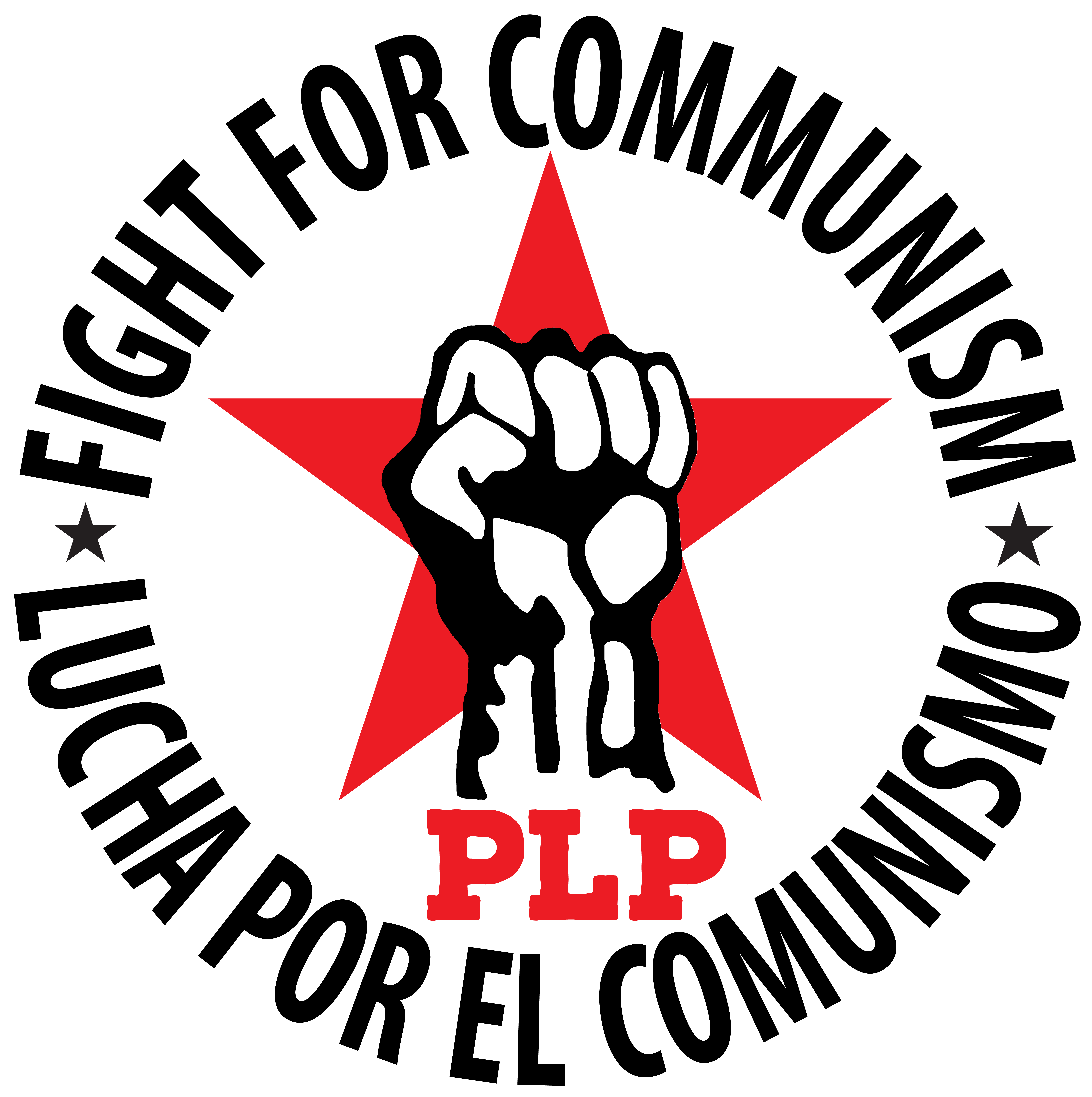Black and RED, untold history part III: King's Class Contradictions
 Thursday, June 15, 2017 at 2:17PM
Thursday, June 15, 2017 at 2:17PM Ruling-class historians have segregated the fight against racism and the fight for an egalitarian system, communism. In reality, the two were connected like flesh and bone. Many antiracist struggles were led by, initiated by, or were fought with communists and communist-influenced organizations. Many Black fighters were also dedicated communists and pro-communists of their time.
In turn, the bosses have used anti-communism as a tool to terrorize and divide antiracist fightback. Regardless of communist affiliation, anyone who fought racism was at risk of being redbaited. Why? 1) The ruling class understands the natural relationship between antiracism and communism, and 2) Multiracial unity threatens the very racist system the bosses “work so hard” to maintain.
This series aims to reunite the history of communism with antiracism. Part I explored how the fight to free Scottsboro Boys was ignited by the International Labor Defense of the Communist Party. See Robin D.G. Kelley’s book Hammer and Hoe: Alabama Communists during the Great Depression to find out more.
Part II explored how the international communist movement was the imeptus of the civil rights movement. It excerpts from the Schomburg Center for Research in Black Culture in the essay, “The Civil Rights Movement” by researcher Davarian L. Baldwin at Trinity College.
The communist movement both helped inspire and was shaped by the anti-racist struggle for civil rights in the U.S. Martin Luther King Jr. and many of the leading civil rights figures were influenced by the Communist Party (CP). Rosa Parks had attended Communist Party meetings and been trained as an activist at the Highlander Folk School in Tennessee which had been supported by members and friends of the CP. Bayard Rustin, Stanley Levinson and Jack O’Dell, who all played important roles in King’s organization, the Southern Christian Leadership Conference, that grew out of the Montgomery Bus Boycott, were active at various times in the communist movement.
Just as important was the 25-year history of the Communist Party in Alabama led by Black workers leading many struggles against racism and building several organizations including the International Labor Defense, the Sharecroppers Union, the International Workers Order, the League of Young Southerners, and the Southern Negro Youth Congress that in total involved around 20,000 mainly Black workers. These organizations were at their peak in the 1930’s, but the experience of fighting against racism and for the needs of the working-class laid the basis for the fight against Jim Crow laws in the 1950’s and 60’s.
The party inspired loyalty for reasons beyond simply an affinity for Marxist ideas. It was the campaigns Communists ran against police brutality, the practice of lynching and the Jim Crow laws that made their politics relevant to the lives of ordinary people. In the North as well as the South, on soapboxes on the streets of Harlem as well as on plots of sharecropped land in Alabama, Communist organizing addressed the…concerns of black people.
Communists believed that organizing the working-class would work only if white workers realized that their liberation, too, was bound up with the fate of black workers….
In short, American Communism was a movement that grew out of what the historian Robin D. G. Kelley, the author of “Hammer and Hoe: Alabama Communists During the Great Depression,” calls “the most despised and dispossessed elements of American society.” “It was the Black workers drawn to the party, Professor Kelley argues, who shaped its political choices as much as … the Communist International (NY Times 6/6).
Like the Scottsboro campaign 20 years earlier the Montgomery Bus Boycott, initiated when Rosa Parks refused to move to the Black section of a Montgomery, Alabama bus, drew world-wide attention to the fight against racism in the segregated South. The fight for civil rights became a major embarrassment to the U.S. ruling-class. At the time, China, the world’s largest country was communist-led, as was the Soviet Union. These two worker super powers provided leadership and support to anti-imperialist movements across Africa, Asia, and South America.
U.S. Rulers Forced to Support Civil Rights Movement
The U.S tried to counter the growing communist-led movements by championing capitalist democracy, but at every turn the racist conditions forced on Black workers in the United States and the increasing demonstrations against those conditions undercut the U.S. bosses’ attempts to gain support.
Under increasing pressure, the U.S. bosses were forced into tacitly supporting the growing civil rights movement. At the same time, they were terrified of the movement that brought together hundreds of thousands of Black and white workers and students in the fight against segregation. The U.S. ruling-class, between a rock and a hard place, tried to gain control of the movement by both working with and threatening Martin Luther King.
While John F. Kennedy and later Lyndon B. Johnson worked with Martin Luther King to end official Jim Crow, the bosses’ legal arm. led by Attorney General Robert Kennedy and FBI boss J. Edgar Hoover, spied on and tried to disrupt and control the movement by building anti-communism. The bosses’ goal was to limit the movement to blaming the smaller Southern bosses for all of the racism in the country and ignore the racist conditions in the North.
The ruling-class went after every leader and institution connected to the civil rights movement to try to keep it under control. Martin Luther King as the leading figure of the movement came under particular attack and pressure.
In 1963 King bowed to the wishes of the Kennedy Administration and fired SCLC employee Jack O’Dell after the FBI alleged that he was a Communist. King also agreed to cease direct communication with his friend and closest white advisor, Stanley Levison, although he eventually resumed contact with him in March 1965. FBI surveillance and bugs tracked King’s political associations and produced evidence of King’s extramarital sexual activities—information that was later leaked to some reporters.
In 1965 King faced questions from journalists on Meet the Press about his association with Tennessee’s Highlander Folk School, which had been branded a ‘‘Communist training school’’ on billboards that appeared throughout Alabama during the Selma to Montgomery March and showed King attending a Highlander workshop. (Stanford University King Encyclopedia)
King was a contradictory figure. He publicly professed anti-communism, yet he was undoubtedly influenced by the communist movement and recognized that communism reflected the desires of an exploited working-class oppressed by racism.
Indeed, it may be that communism is a necessary corrective for a Christianity that has been all too passive and a democracy that has been all too inert. Communism should challenge us to be more concerned about social justice. However much is wrong with communism, we must admit that it arose as a protest against the hardships of the underprivileged. The Communist Manifesto, which was published in 1847 by Marx and Engels, emphasizes throughout how the middle-class has exploited the lower-class. Communism in society is a classless society. Along with this goes a strong attempt to eliminate racial prejudice. Communism seeks to transcend the superficialities of race and color, and you are able to join the Communist Party whatever the color of your skin or the quality of your blood.” (MLK speech “Can a Christian be a Communist”)
At the end of the famed march from Selma to Montgomery, King gave perhaps his clearest speech on the roots of racism as a tool used by the bosses to divide the working-class:
Racial segregation as a way of life did not come about as a natural result of hatred between the races immediately after the Civil War. There were no laws segregating the races then…the segregation of the races was really a political stratagem…to keep the southern masses divided and southern labor the cheapest in the land. You see, it was a simple thing to keep the poor white masses working for near-starvation wages in the years that followed the Civil War. Why, if the poor white plantation or mill worker became dissatisfied with his low wages, the plantation or mill owner would merely threaten to fire him and hire former Negro slaves and pay him even less. Thus, the southern wage level was kept almost unbearably low.
Later King began to expand his public activity to address the war in Vietnam and attempted to extoll the U.S. to end the war on communism.
“[I]n the summer of 1965 the press reported King’s off-the-cuff remarks to a Southern Christian Leadership Conference rally in Virginia: ‘‘We’re not going to defeat Communism with bombs and guns and gases.… We must work this out in the framework of our democracy’’ (‘‘Dr. King Declares’’). In his 1967 book, Where Do We Go from Here: Chaos or Community? King decried America’s ‘‘morbid fear of Communism,’’ arguing that it prevented people from embracing a ‘‘revolutionary spirit and … declaring eternal opposition to poverty, racism, and militarism.’’ (Stanford University King Encyclopedia)
While there are so many unanswered questions about the assassination of Martin Luther King in 1968, like the killing of Malcolm X, it coincided with an expansion in King’s political focus from civil rights for Blacks in the United States to fighting for economic rights for the working class and opposing imperialism. King was killed in Memphis where he was actively supporting striking Black sanitation workers.
As the ruling-class pressured King and ultimately murdered him, the working-class became increasingly politicized. Rebellions of Black workers rocked Newark, Watts, Harlem and Detroit and U.S Soldiers were rebelling against the war in Vietnam. In spite of the bosses’ attempts to smother the movement, the working-class was rising up. The bosses may have hoped that killing King would stop the movement but instead the attack hardened the resolve of the working-class, particularly Black workers, to continue to fight.





 Progressive Labor Party (PLP) fights to destroy capitalism and the dictatorship of the capitalist class. We organize workers, soldiers and youth into a revolutionary movement for communism.
Progressive Labor Party (PLP) fights to destroy capitalism and the dictatorship of the capitalist class. We organize workers, soldiers and youth into a revolutionary movement for communism.




Reader Comments